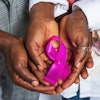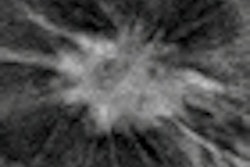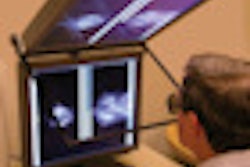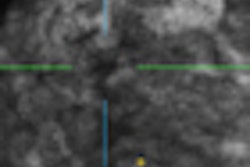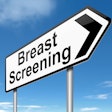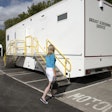Monday, November 26 | 12:45 p.m.-1:15 p.m. | LL-BRS-MO8B | Lakeside Learning Center
The first five months of using digital breast tomosynthesis (DBT) in a screening practice showed a small reduction in the overall callback rate and a small increase in the cancer detection rate; however, these results were not statistically significant, according to researchers from the University of Pennsylvania.Dr. Emily Conant and colleagues compared the screening callback rate and cancer detection rate of DBT in a prospective clinical practice to the screening callback rate and cancer detection rate from the same practice one year prior, when conventional full-field digital mammography (FFDM) was the standard of care.
In the first five months of the study (September 2011 to February 2012), 5,923 screening DBT exams were performed, while during the same time period in the prior year, 5,517 screening FFDM exams were performed. The overall callback rate was 9.6% for DBT and 10.5% for FFDM, the researchers found. DBT also detected more cancers than FFDM, at 5.23 per 1,000 cases compared with 4.17 per 1,000 cases.
Conant and colleagues plan to monitor these data, and they concluded that larger prospective studies are needed to assess DBT's benefits.

